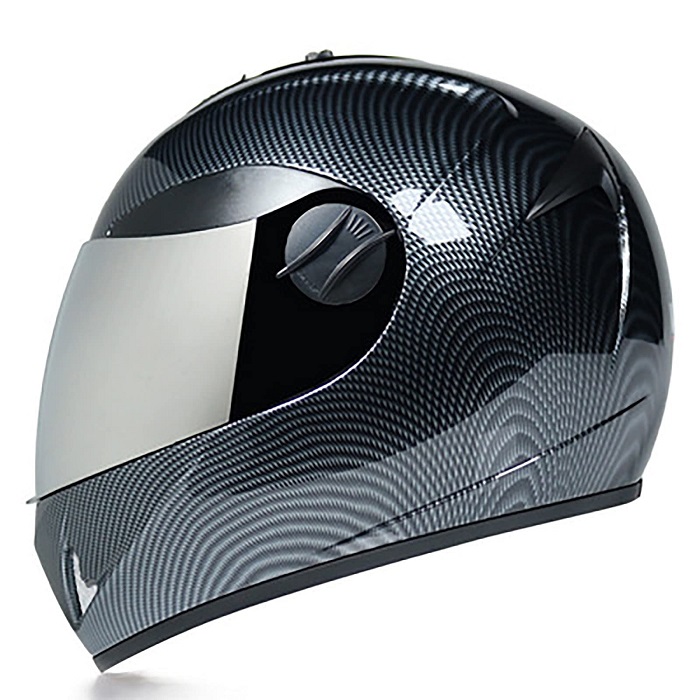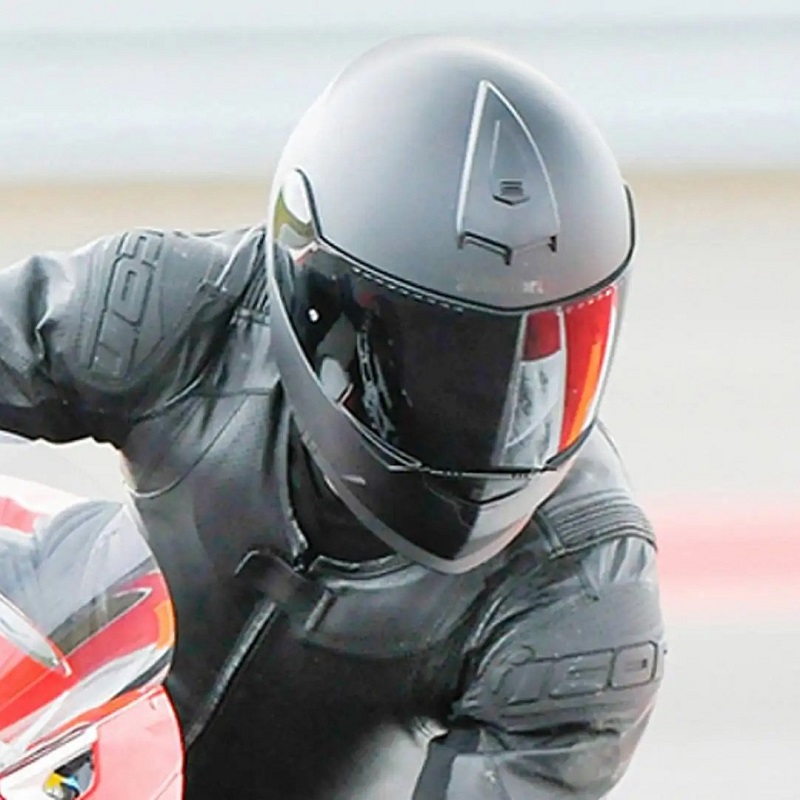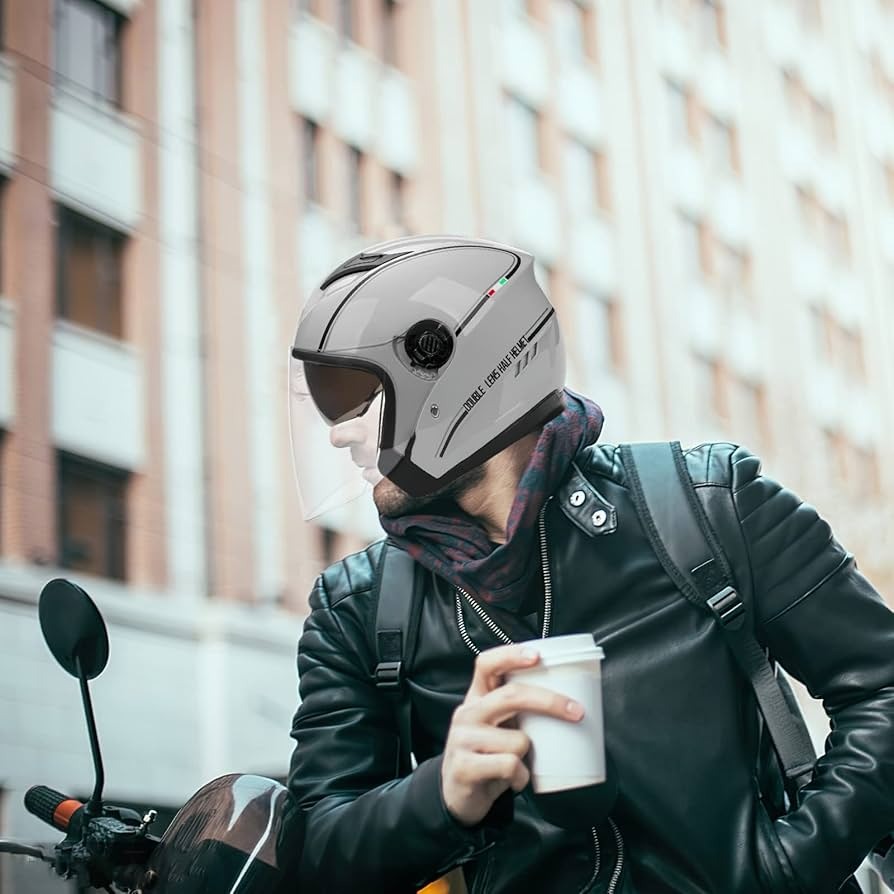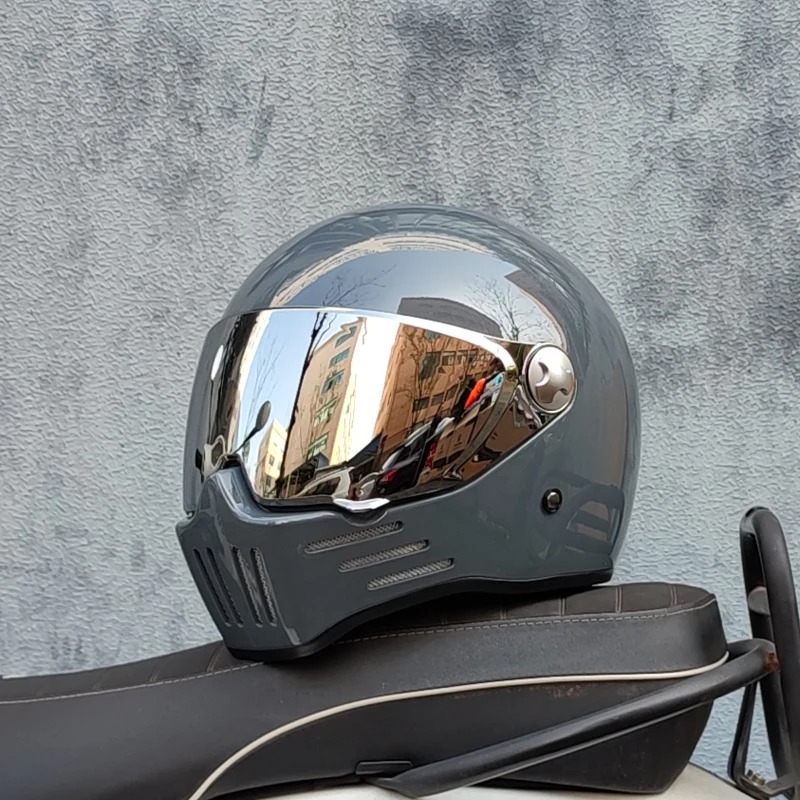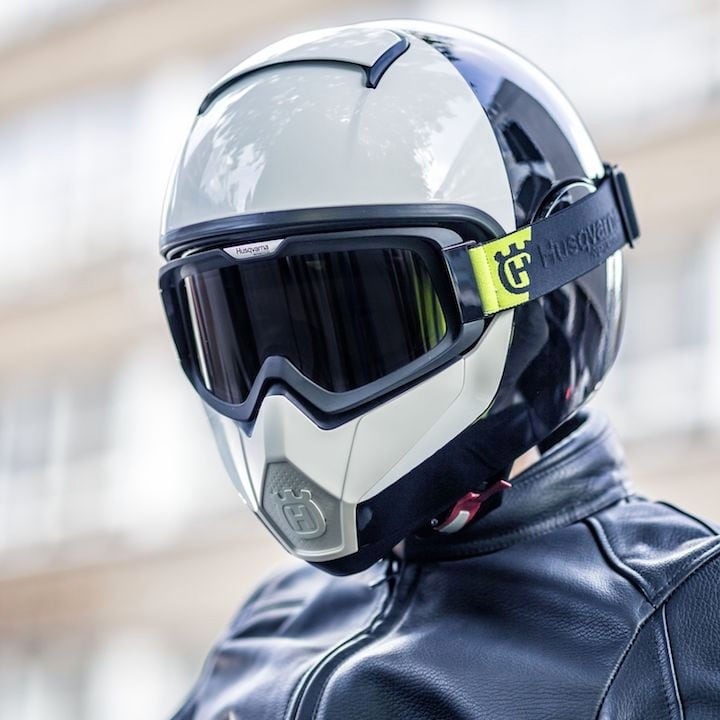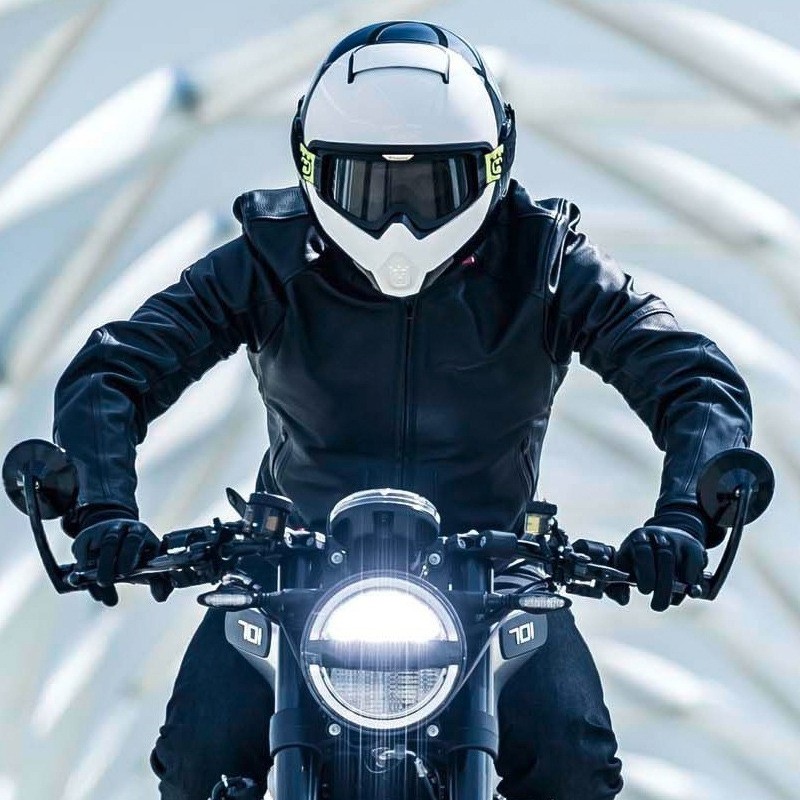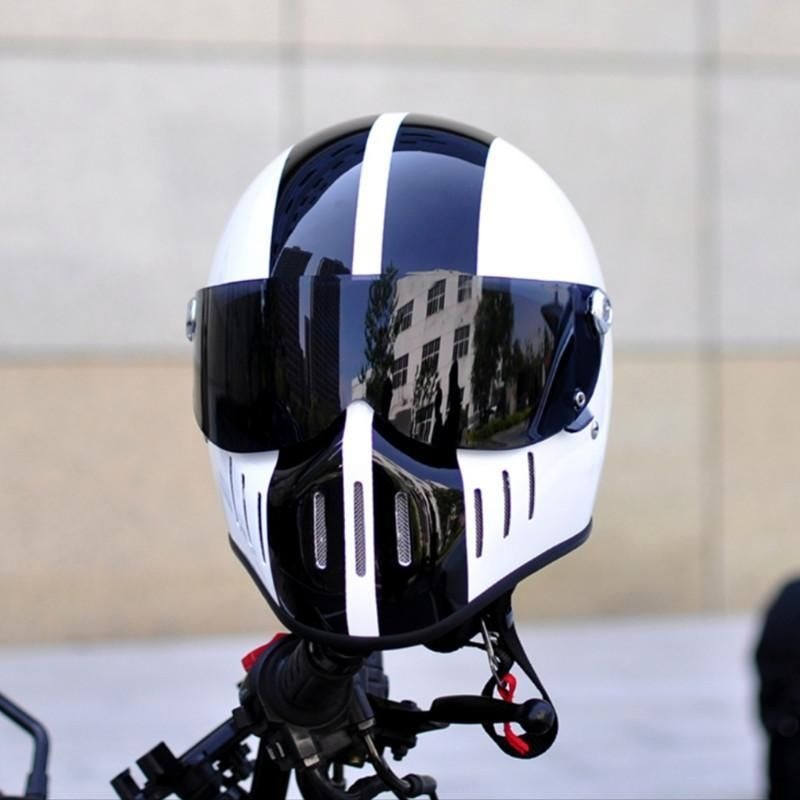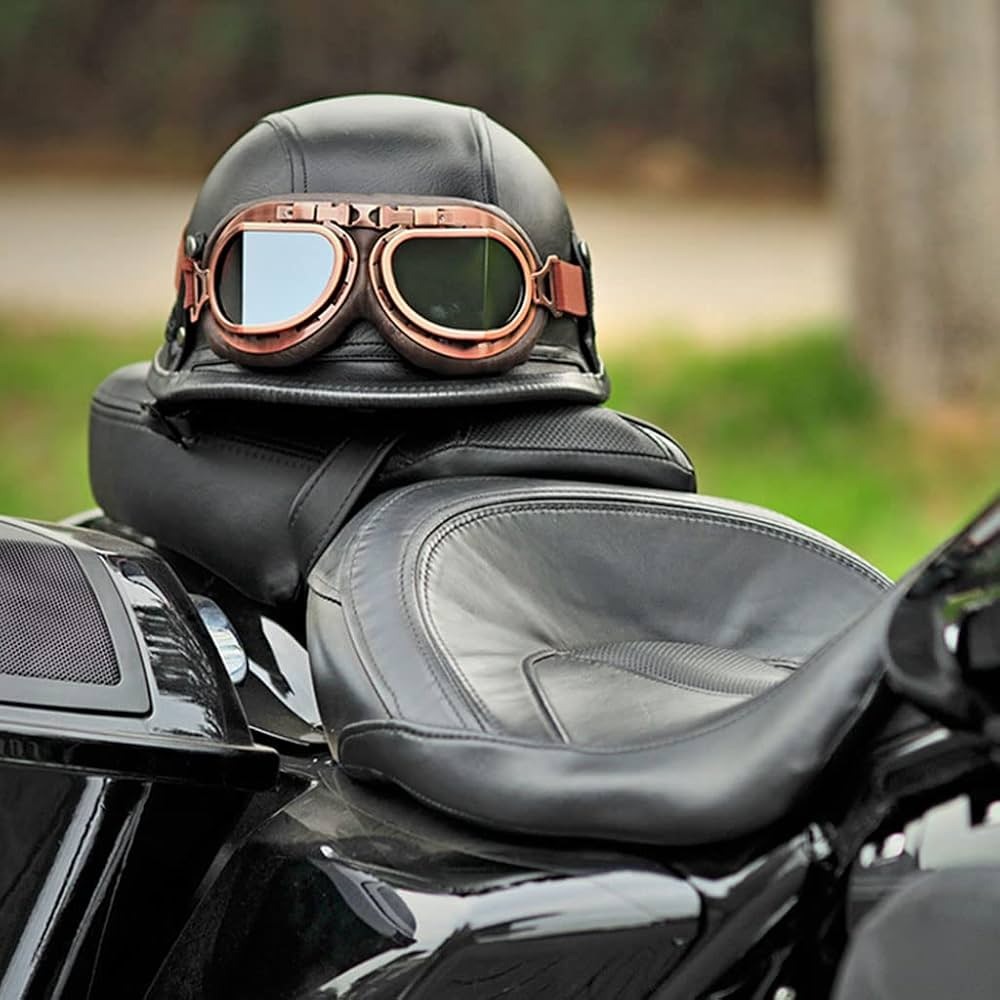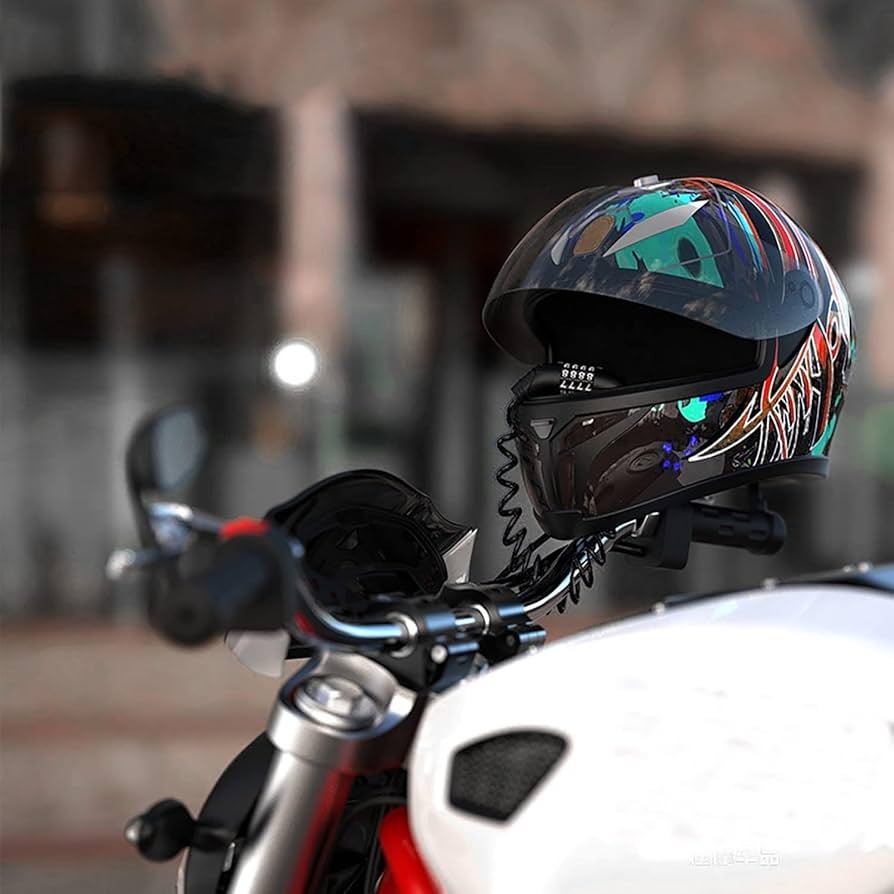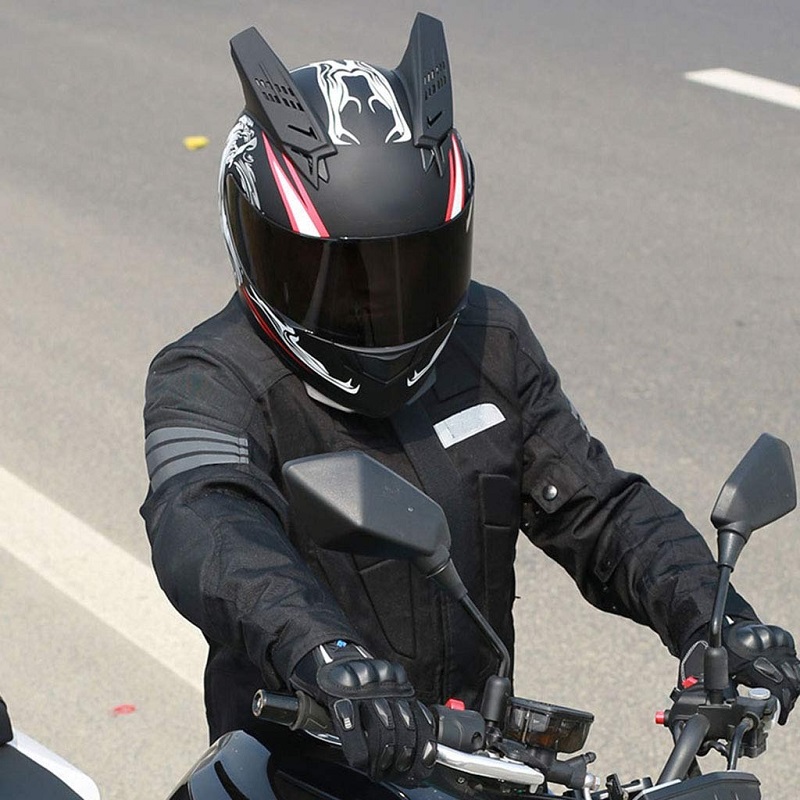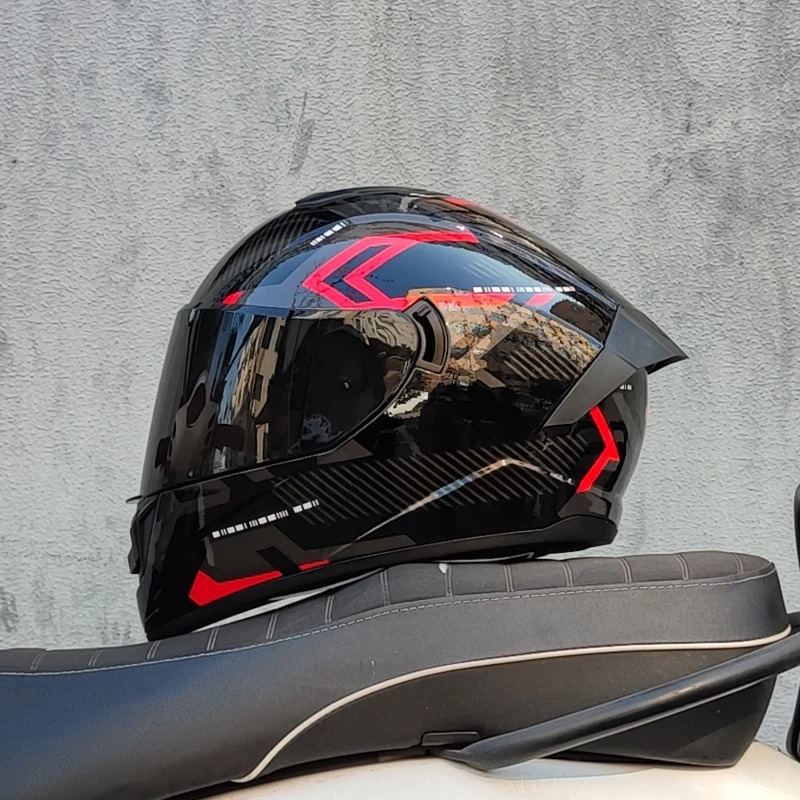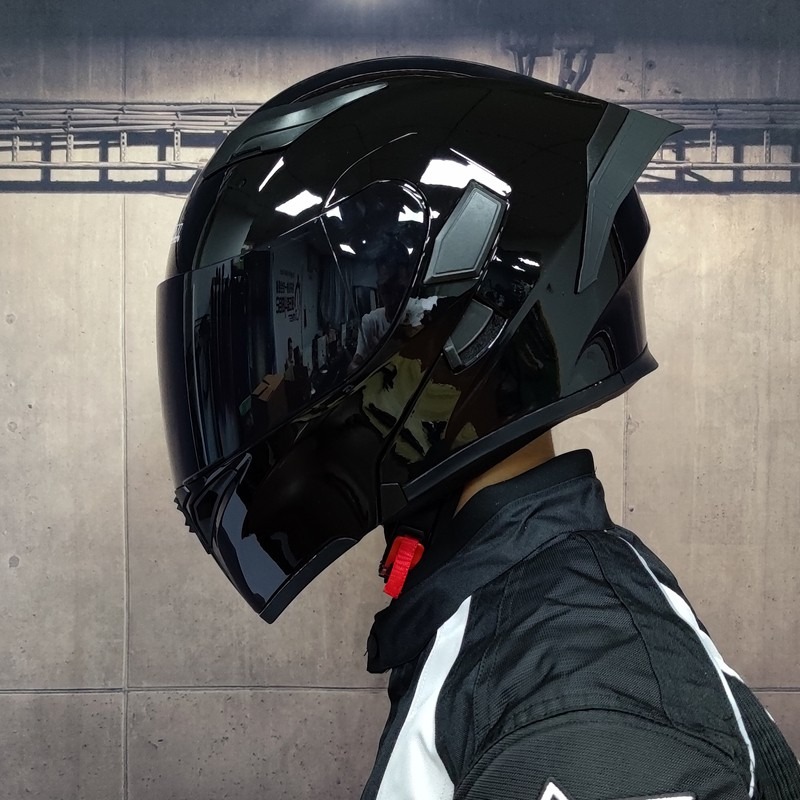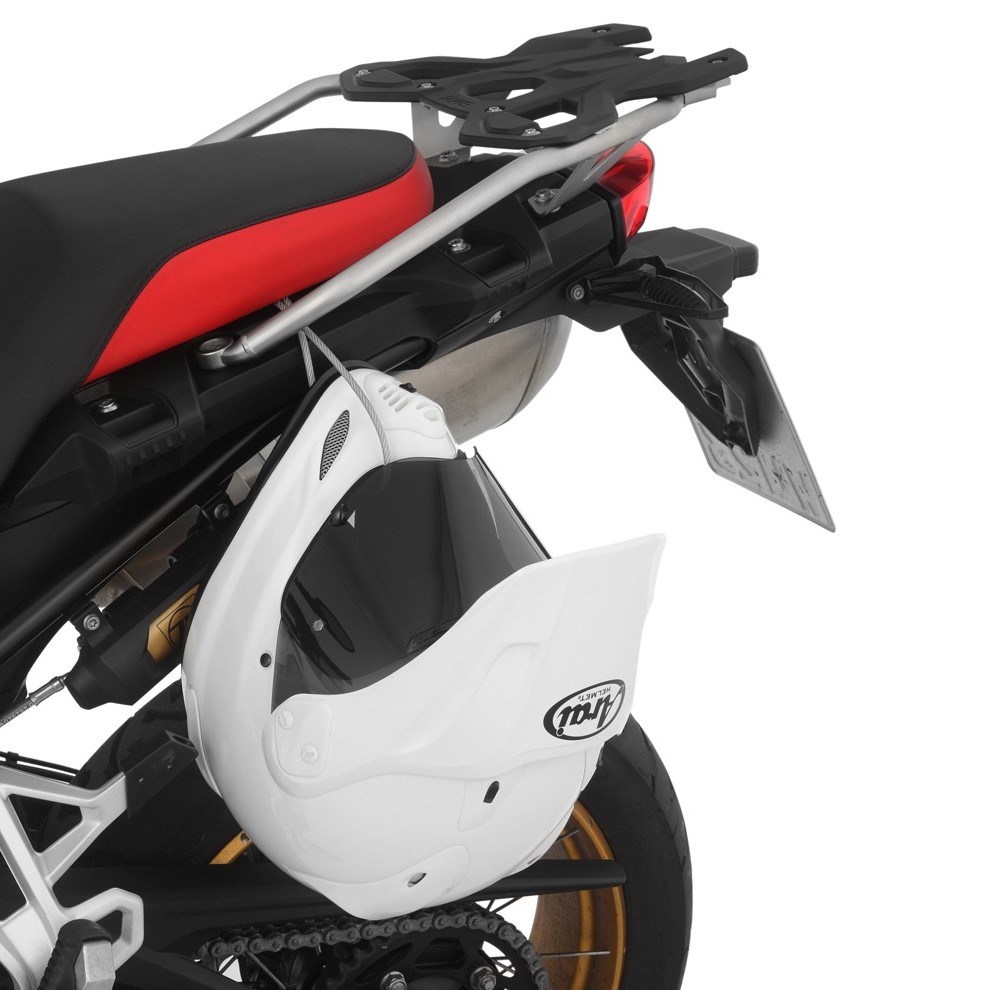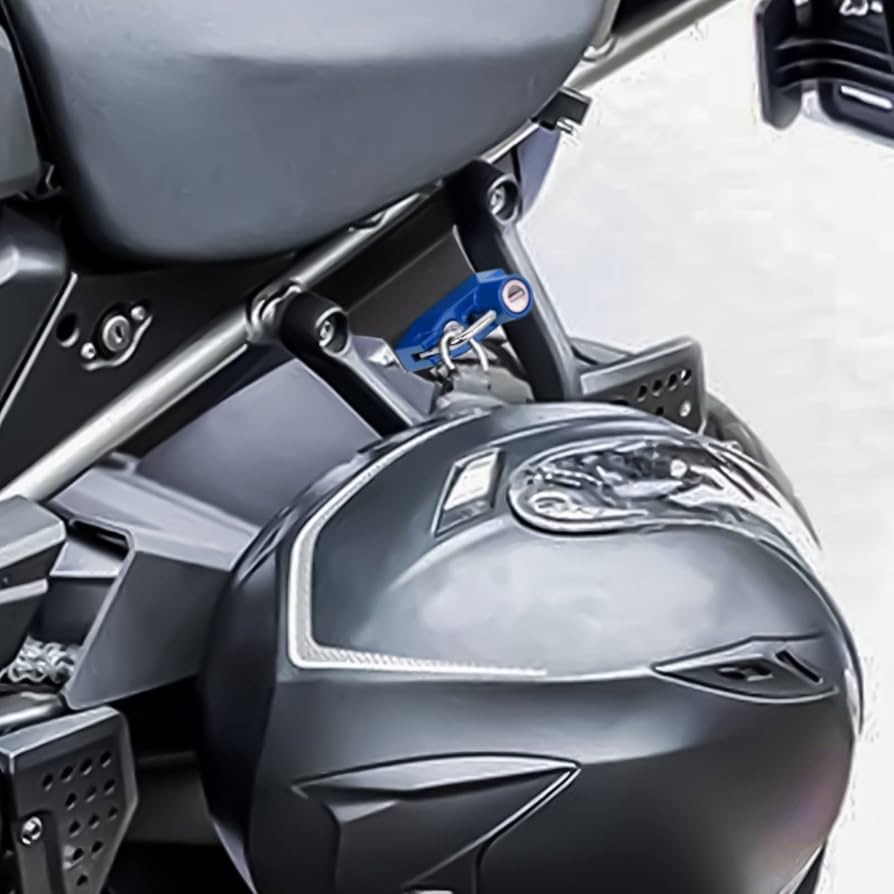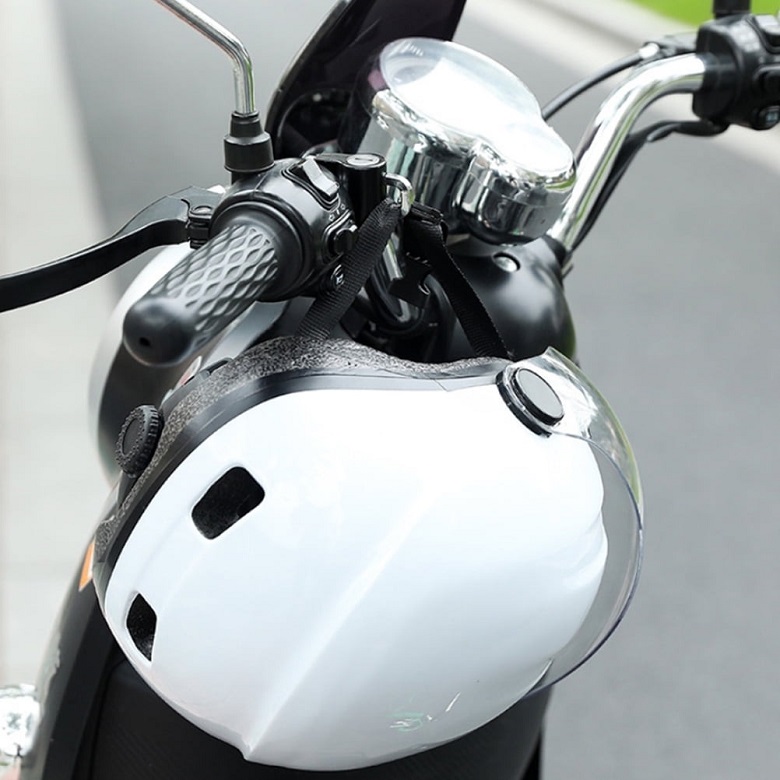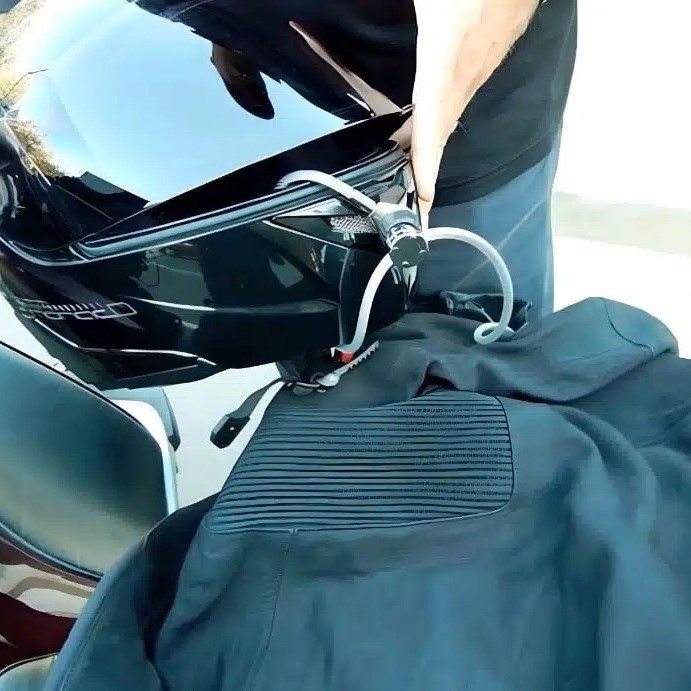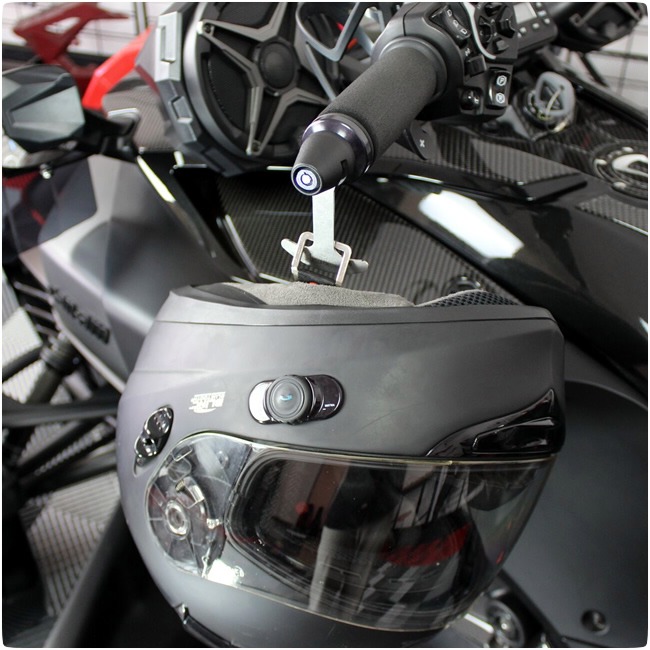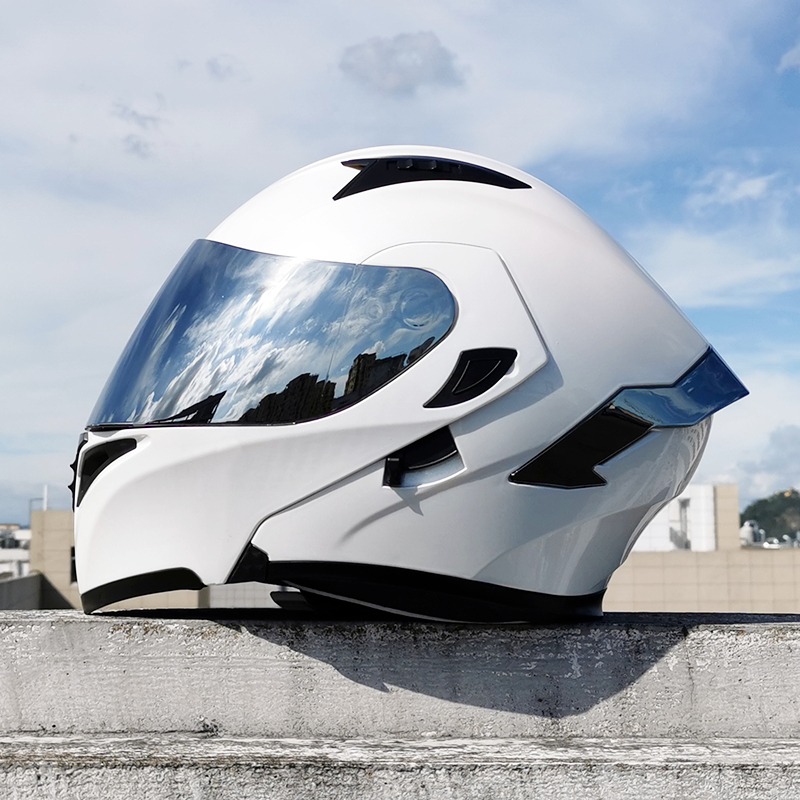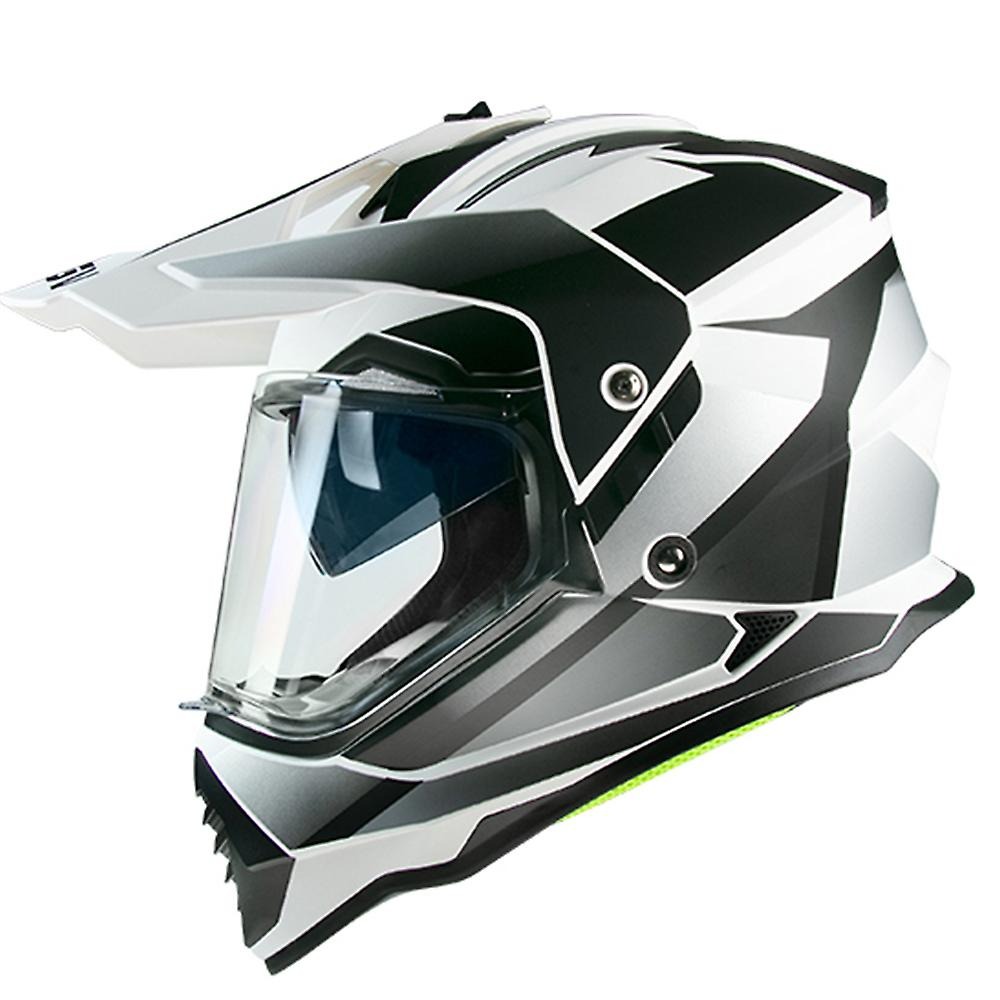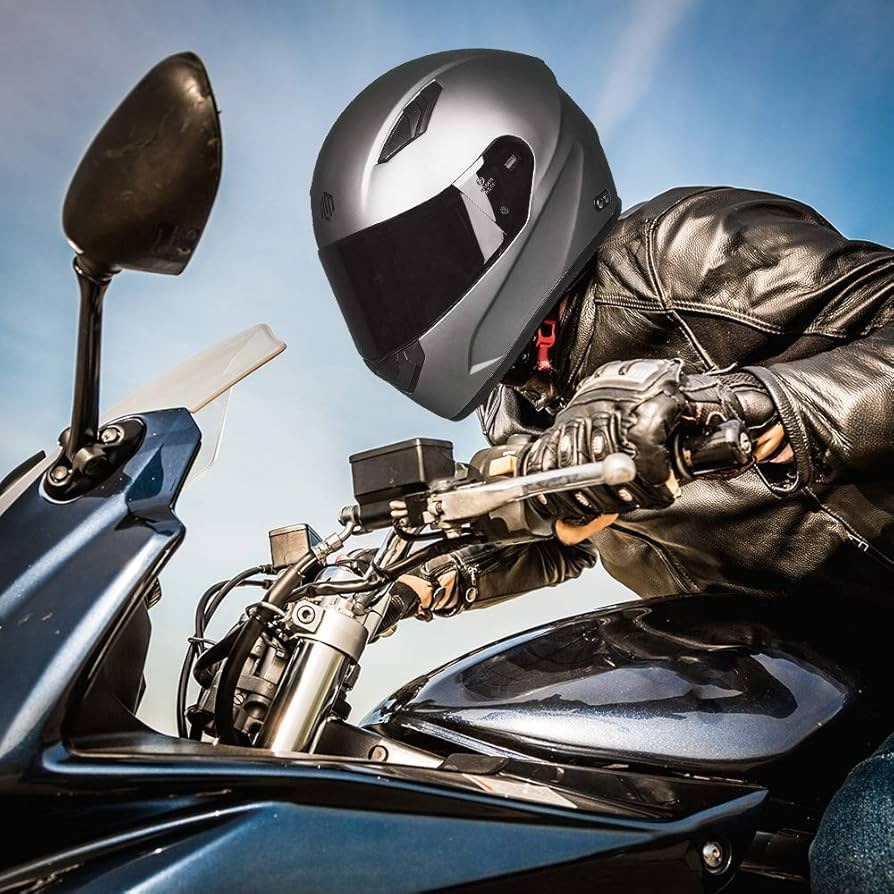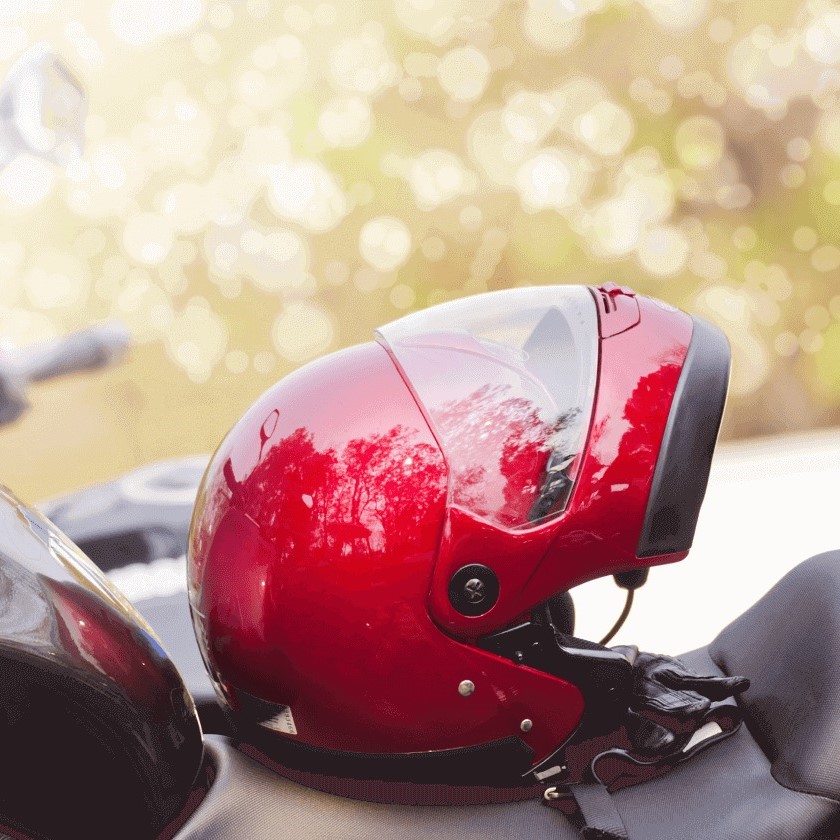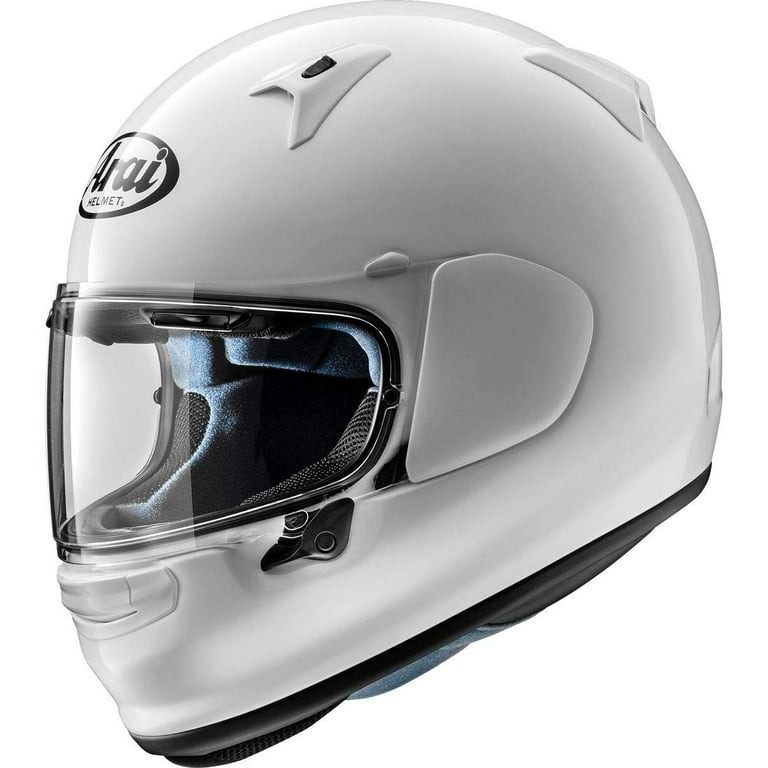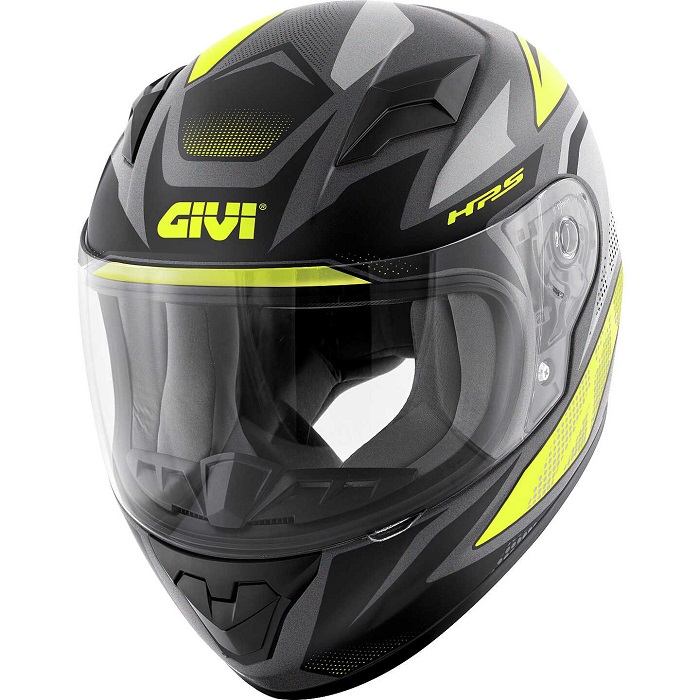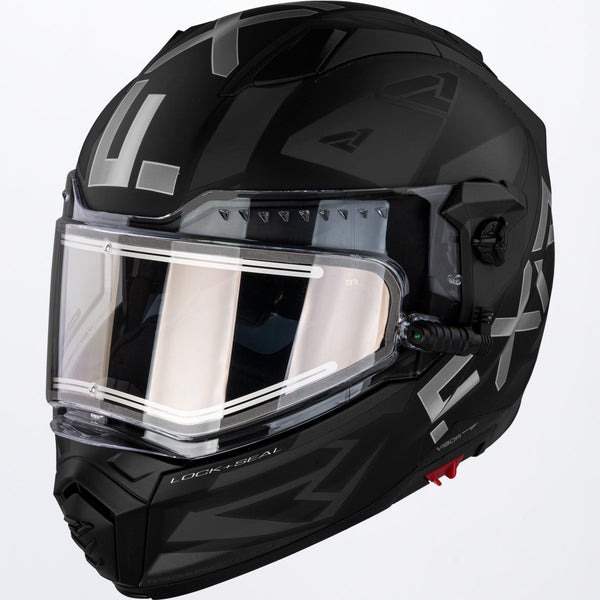Mar 5, 2025
How Should Motorcycle Helmet Fit: A Simple Guide
Importance of a Properly Fitting Helmet
The right helmet can save your life. It’s as simple as that. A helmet that fits properly is vital for two main reasons: safety and comfort. In the event of an accident, a well-fitting motorcycle helmet can absorb the force of impact, protect your head, and potentially save you from serious brain injuries. On the other hand, a helmet that’s too loose could come off or twist, leaving you vulnerable.
Safety aside, comfort is key for an enjoyable ride. A helmet that fits well will not press against your head too hard or cause pain during long rides. It must be snug but not tight and should stay in place as you move. A proper fit also ensures that your vision is not obstructed, allowing you to see traffic and hazards clearly. Remember that comfort leads to better concentration and safer riding.
To sum up, a helmet that fits well is non-negotiable. It must protect your head in crashes and feel good while you ride. That’s why understanding how should motorcycle helmet fit is so crucial. Make sure to take the time to find the right helmet and ensure it fits perfectly before hitting the road.
Key Measurements for Helmet Sizing
To ensure your motorcycle helmet fits correctly, measuring your head is the first crucial step. Size and fit vary between helmet brands and models, so accurate head measurement is essential. Here are the key measurements you need to find the perfect helmet size:
- Head circumference: This is the primary measurement. Use a soft measuring tape to measure around your head. Place the tape above your eyebrows and ears, and wrap it around the largest part of your head. Take note of this measurement, usually in centimeters, as helmet sizes are typically listed this way.
- Head shape: Helmets come in different internal shapes—round oval, intermediate oval, and long oval. Your head shape will influence which helmet shape fits best. This isn’t measured like circumference, but you should know your head shape before trying on helmets.
- Head width and length: For a more precise fit, some riders also measure the width and length of their head. While less common, these measurements can help in selecting a helmet that fits comfortably without pressure points.
Always refer to the manufacturer’s size chart when choosing a helmet. Their sizing can differ, and your head measurement will guide you to the correct helmet size category. Remember to always try on the helmet whenever possible to ensure it fits how it should.
Steps to Measure Your Head for a Helmet
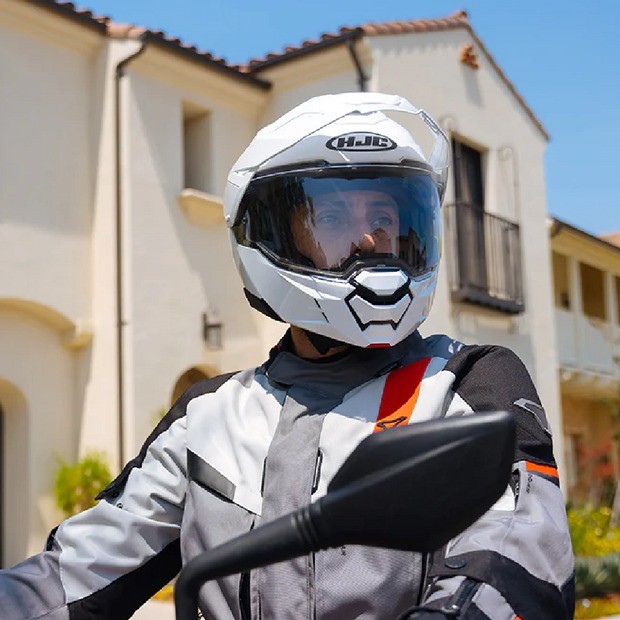
To find out how should motorcycle helmet fit, start with proper head measurement. These simple steps will guide you:
- Position the measuring tape: Place it about one inch above your eyebrows and ears. This ensures you measure the widest part of your head.
- Measure the circumference: Keep the tape snug, not tight. Wrap it around to get the full head measure. Record this number in centimeters or inches.
- Note the shape: While you can’t measure head shape, take a look in the mirror. Identify if you have a round oval, intermediate oval, or long oval head shape. It affects fit.
- Consider width and length: If possible, measure the front-to-back distance and the ear-to-ear distance across the top of your head. This gives a better idea of the specific helmet shape you need.
- Reference size charts: Always check the helmet brand’s size chart with your measurements. This helps find the starting point for the right helmet size.
- Double-check: It’s wise to measure a couple of times to ensure accuracy. Small errors could lead to a poorly fitting helmet.
Remember, these steps are vital for safety and comfort. Take your time to get it right, and you’ll enjoy a better riding experience.
Selecting the Right Helmet Shape
Once you know the circumference of your head, the next step is to select the right helmet shape. Motorcycle helmets come in three main internal shapes: round oval, intermediate oval, and long oval.
Round Oval Helmets
These are designed for heads that are as wide as they are long. If you notice your head has a more circular shape, this type might suit you best.
Intermediate Oval Helmets
This shape is slightly longer front-to-back than it is side-to-side. It’s the most common helmet shape and likely fits you if your head isn’t round or distinctly oval.
Long Oval Helmets
Built for heads that are noticeably longer than they are wide. Look in the mirror; if your forehead and back of your head extend well beyond your temples, consider this shape.
Choosing the right helmet shape is crucial for comfort. If you wear a helmet that doesn’t match your head shape, you might feel pressure points or loose areas. Both are signs of a poor fit that can be distracting or unsafe while riding your motorcycle. So, take the time to understand how should motorcycle helmet fit in terms of shape. It will make all the difference in your riding experience.
Checking for Proper Helmet Fit
Once you’ve determined your size and head shape, it’s time to check for proper helmet fit. Here’s how you can ensure that your motorcycle helmet fits as it should:
- Position the Helmet Properly: The helmet should sit level on your head, covering your forehead without tilting back.
- Check the Cheek Pads: They should touch your cheeks without pressing too hard. You should not be able to bite down on the cheek pads.
- Look for Gaps: There shouldn’t be gaps between your temples and the brow pads of the helmet.
- Fasten the Strap: The strap must be tight enough that you can only fit two fingers between your chin and the strap.
- Shake Your Head: Move your head up and down, side to side. The helmet should stay put and not slide around or come off.
- Use the Visor: Your vision should be clear, and you should be able to see the road without obstruction.
Checking for a proper fit helps avoid discomfort during rides and increases safety. Take a moment to assess each point meticulously when trying on a helmet. If the helmet doesn’t meet all these criteria, it might not be the right fit for you. Knowing how should motorcycle helmet fit is key before you set off on the road.
Adjusting Your Helmet for a Better Fit
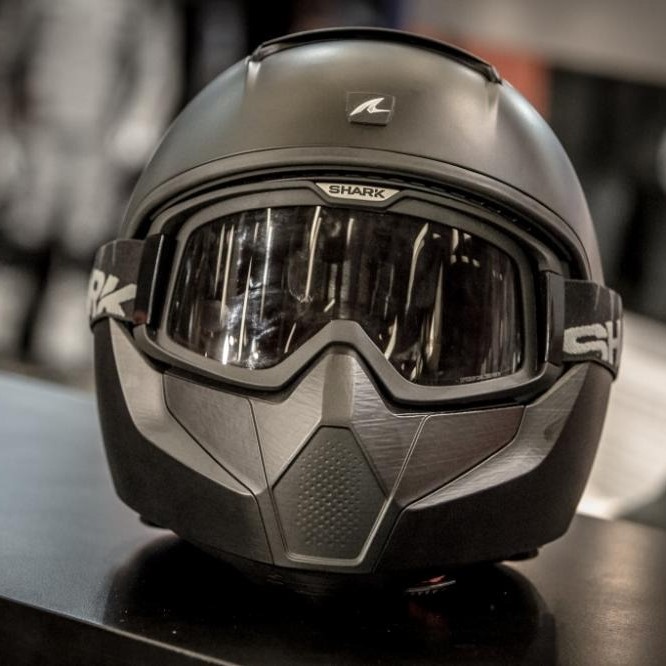
Finding the right motorcycle helmet size is just the beginning. Adjusting it ensures the perfect fit. Here are steps to fine-tune your helmet’s fit for safety and comfort.
- Adjust the Pads: Helmets often come with removable pads. You can swap them for thicker or thinner ones to refine the fit.
- Tighten the Retention System: Most helmets have a retention system at the back. Tighten it so the helmet feels secure but not too tight.
- Position the Straps: Straps should lie flat against your face. Adjust them to avoid twists and ensure a snug fit under your chin.
- Fine-Tune the Visor: The visor should not obstruct your view. Adjust its position to improve visibility and comfort.
Remember, your helmet should feel comfortable for extended periods. If it feels wrong, keep making small adjustments until it feels right. Understanding how should motorcycle helmet fit and making these adjustments can greatly improve your ride.
Signs That Your Helmet Doesn’t Fit Correctly
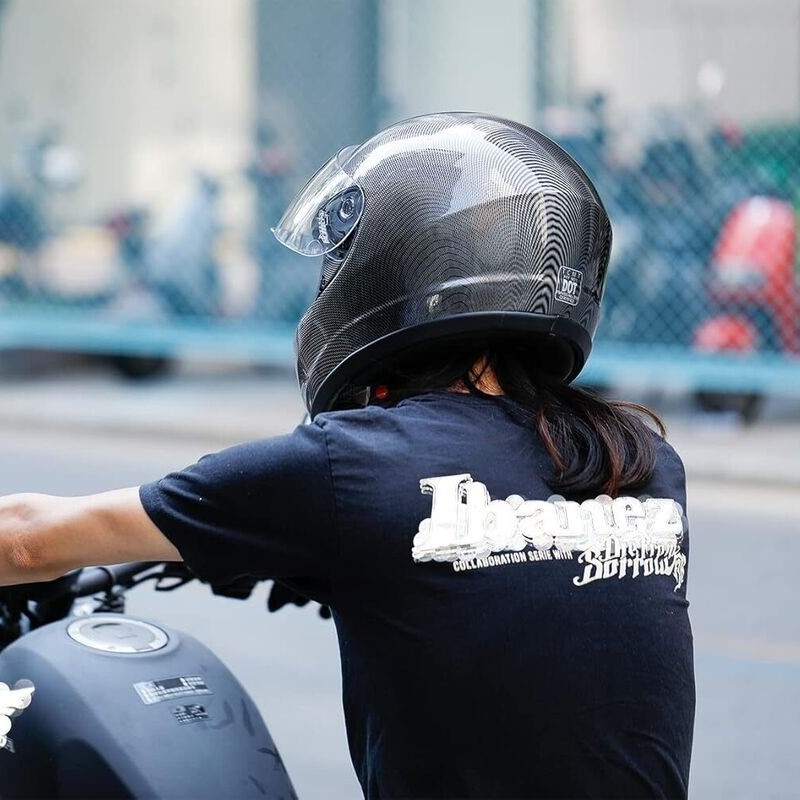
Recognizing when a motorcycle helmet doesn’t fit as it should is key to your safety. Here are clear signs to watch out for:
- Excessive Movement: A helmet should stay snug when you shake your head. If it wobbles or shifts, it’s too loose.
- Pressure Points: Feeling specific areas pressing against your head signals a bad fit. It might be too tight or the wrong shape.
- Forehead Exposed: Your helmet must cover your forehead. If it sits too high, it’s not the right size.
- Cheek Pad Issues: Your cheeks should touch the pads without biting down. If you can chew on them, they’re too thick or the helmet is too small.
- Strap Problems: A helmet strap should be snug, not choking or loose. You may need a different size if it can’t be adjusted comfortably.
- Gaping at the Sides: If there’s a space between your temples and the helmet, it’s not the correct shape for your head.
- Vision Obstruction: The visor should not cut into your line of sight. A poorly fitting helmet can block your view.
- Headaches or Discomfort: Feeling discomfort or a headache after a short time wearing the helmet indicates a bad fit.
Getting the right fit is crucial for comfort and safety. If you notice any of these signs, it’s time to adjust your helmet or find one that fits better. Understanding how should motorcycle helmet fit will help you make the right choice for a safe and enjoyable ride.
Tips for Trying On Helmets at a Store
Trying on helmets in a store is essential. Here’s what to do:
- Wear it for a Bit: Keep the helmet on for several minutes. This way, you can see if it stays comfy over time.
- Move Your Head: Nod and shake your head to test stability. The helmet should not wobble.
- Check the Fit: The pads should touch your face. No hard pressing or gaps should be there.
- Test the Strap: Fasten it! Only a couple of fingers should fit between the strap and your chin.
- Assess the Weight: A helmet must not feel too heavy. A heavy helmet can tire you on long rides.
- Open and Close the Visor: Make sure it moves smoothly. Your view should remain clear.
- Listen for Noise: Quiet is better. If it’s too loud, fitting might be off.
- Consult Experts: Store staff can help. They know how should motorcycle helmet fit and can offer advice. Use their knowledge to find the best helmet.
Remember these tips and take your time. A good fit is key for safe and enjoyable rides. You now know how should motorcycle helmet fit, but trying helmets on ensures you get it right. Happy and safe riding!
More Details